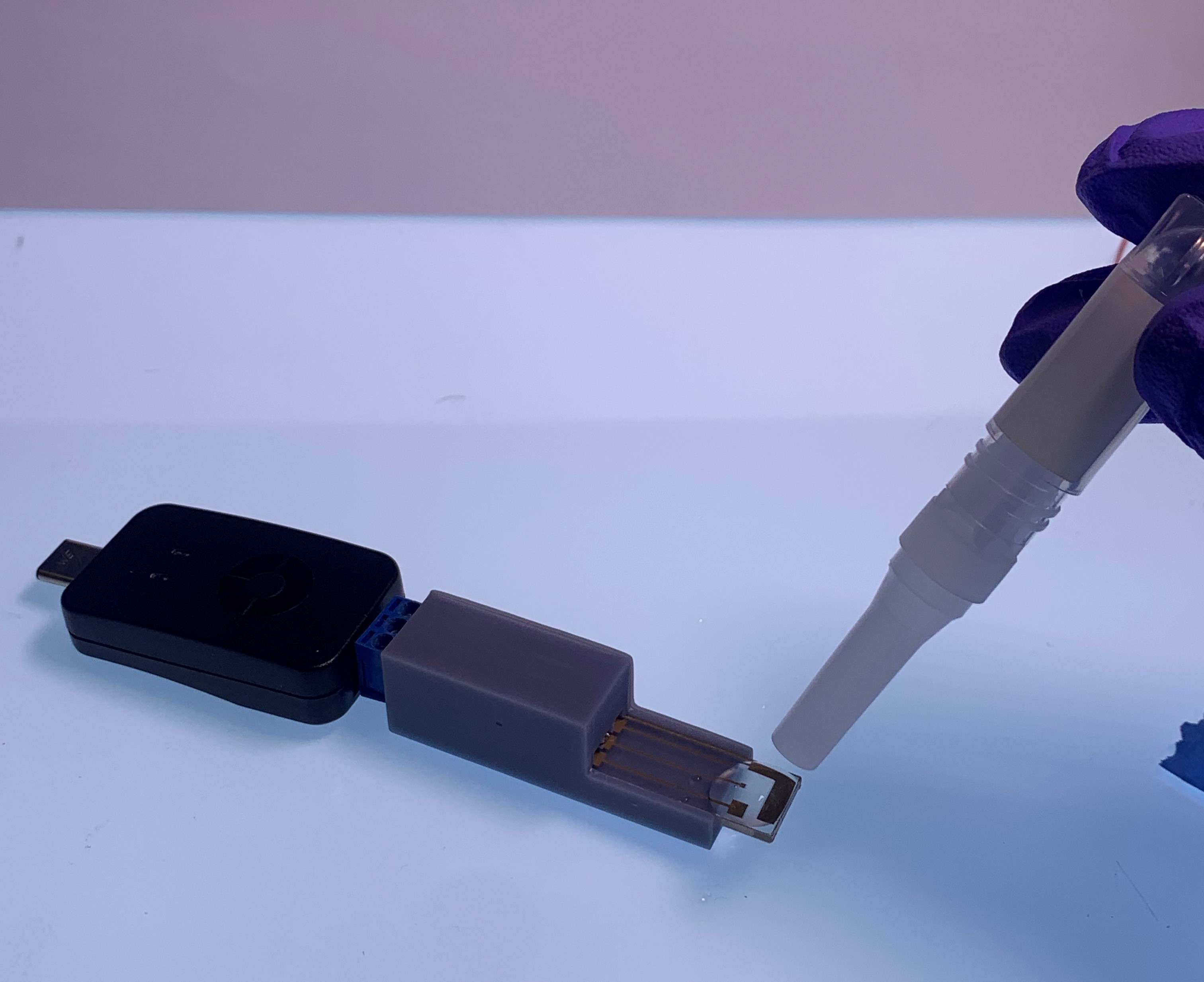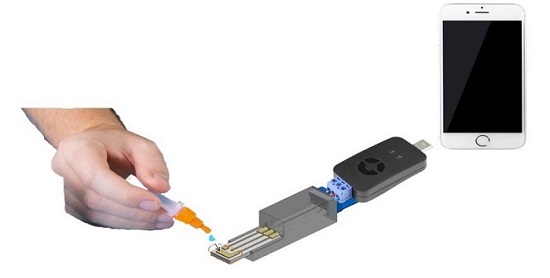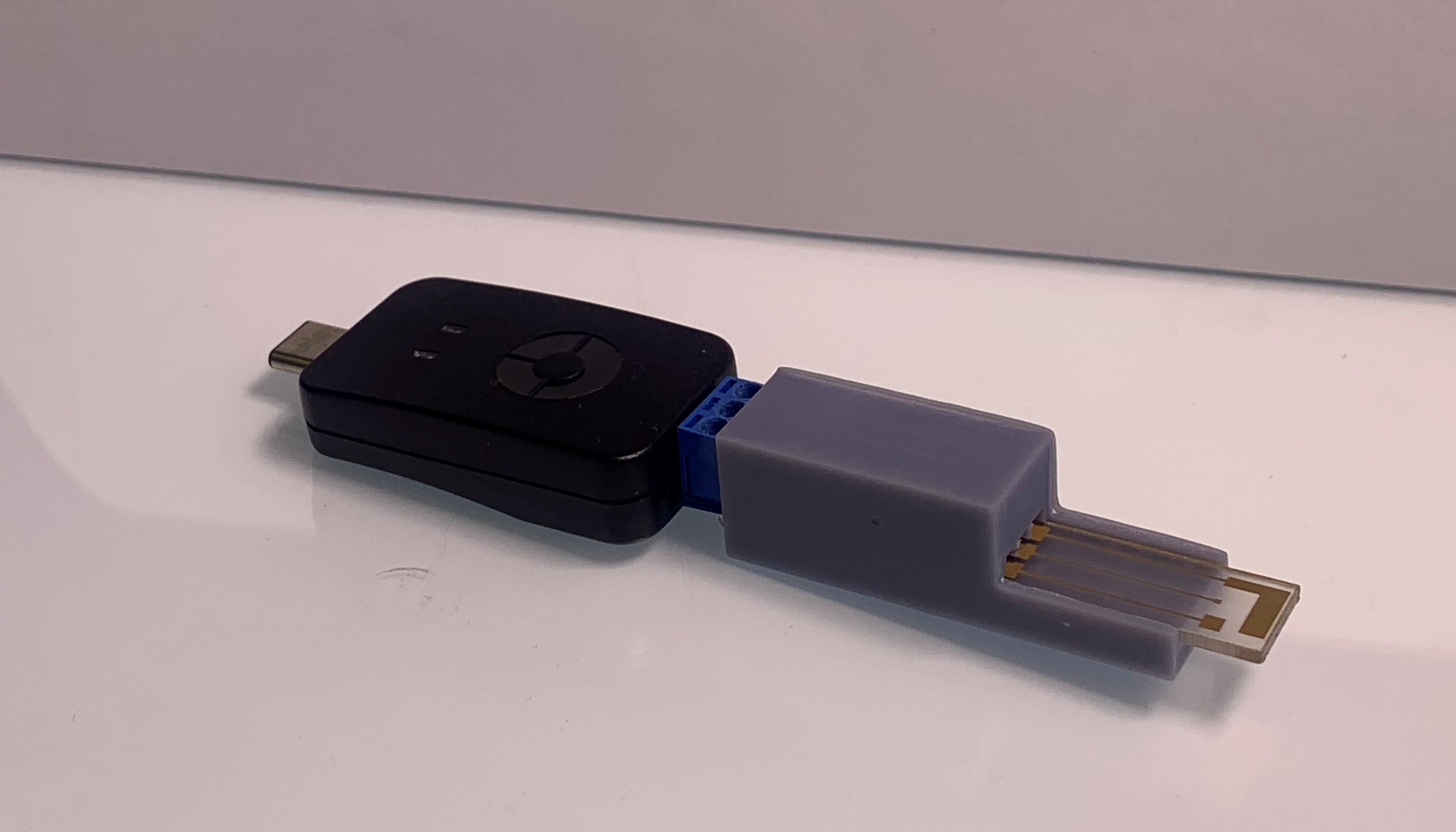Behold the Purpose
Addressing the need for a point of care test for CSF, COVID-19, and Cortisol.

Identifying the Problem
This project was created because of a lack of a quick, reliable method to perform cortisol testing. One of the benefits of this device is that it can also be applied towards CSF and COVID-19 testing. In the future other biomarkers can be detected via our device.
Our proposed solution is a point of care device that uses nasal fluid to detect cortisol. Our design uses as many off-the-shelf components as possible, which currently includes the portable Palmsens potentiostat, as well as the tube and swabs needed for sample collection. This allows us to bypass the need for too many custom components, and we only need to manufacture the novel electrochemical MiniCell and adapter. With this device, we will be able to provide results within 15 minutes, a major improvement to current testing methods, which take a minimum of 6 hours.
The device is also very compact - the potentiostat, adapters, and MiniCell together are about 11 cm long, a little over 4 inches in length and about an inch wide. Most importantly we minimize cost by creating all components of the device for less than two dollars, the sample collection components cost 50 cents, and the potentiostat is $1000. Another advantage of nasal fluid over a blood tests is the ease of collection, reduction of infection, and the increased comfort for the patient.
Disadvantages of blood tests
Blood testing is inconveniant and costly as it requires a trained personnel in a sterile enviroment to draw a blood sample.
Disadvantages of blood tests
Blood tests require the packaging and shipping of liquid blood (a potential biohazard) to the testing laboratory.
Advantages of nasal fluid
The collection method for nasal fluid is less invasive and more comfortable for the patient which allows for more sample readings.


